These Facts About How Big Space Actually Is Will Make Your Head Hurt And Give You An Existential Crisis
Just yesterday, NASA released a brand-new image taken by the James Webb Telescope. It shows thousands of galaxies in space. It's impressive. EXTREMELY impressive.
It's here–the deepest, sharpest infrared view of the universe to date: Webb's First Deep Field.Previewed by @POTUS on July 11, it shows galaxies once invisible to us. The full set of @NASAWebb's first full-color images & data will be revealed July 12: https://t.co/63zxpNDi4I
It's clear from this image that there are countless galaxies we can see. But mostly, it proves just how tiny we (as a planet) are. To put this image in perspective, if you took ONE grain of sand and held it up to the sky, this picture would be that one grain of sand. So basically, nothing.
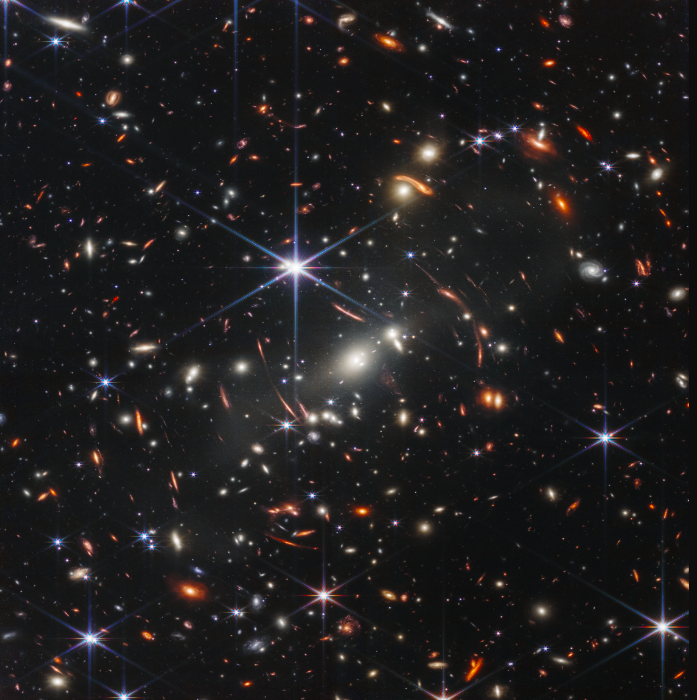
Let's rewind, though, and start smaller.
First, let's talk about Earth. This image is not "upside down." In space, there is no upside down. The earth just exists out there — up is down and down is up. None of our normal "directions" even matter. IT'S JUST FLOATIN'.
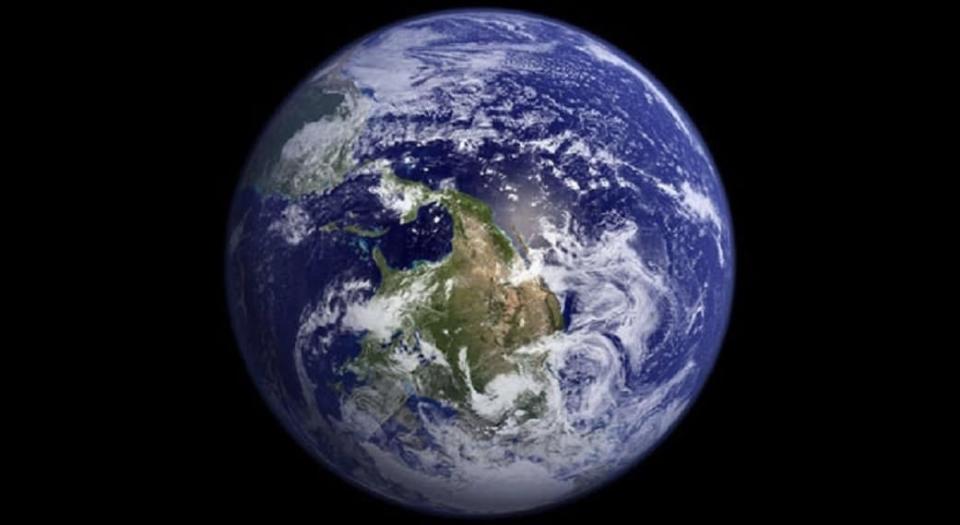
And compared to other planets, we are just a lil' baby. See that red spot on Jupiter? Earth is smaller than it. Our entire planet fits in a pimple on Jupiter.
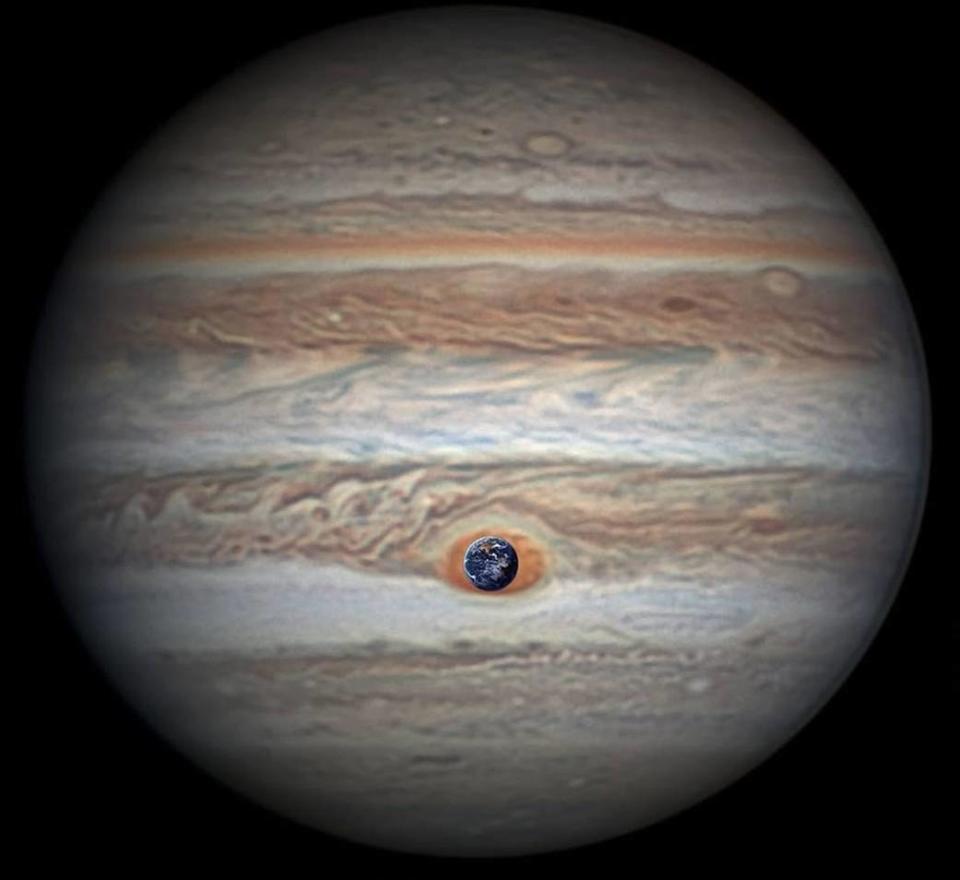
And Saturn? Saturn is a BIG BOI. Earth is diddly squat compared to that gaseous planet.
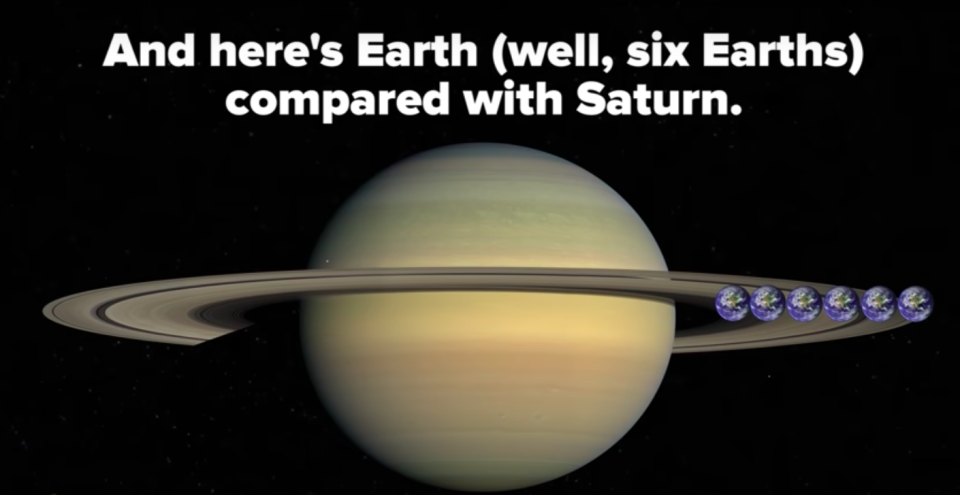
But even with how giant they are, every planet could comfortably fit in between Earth and the moon, with room to spare. That's how far away our moon is.
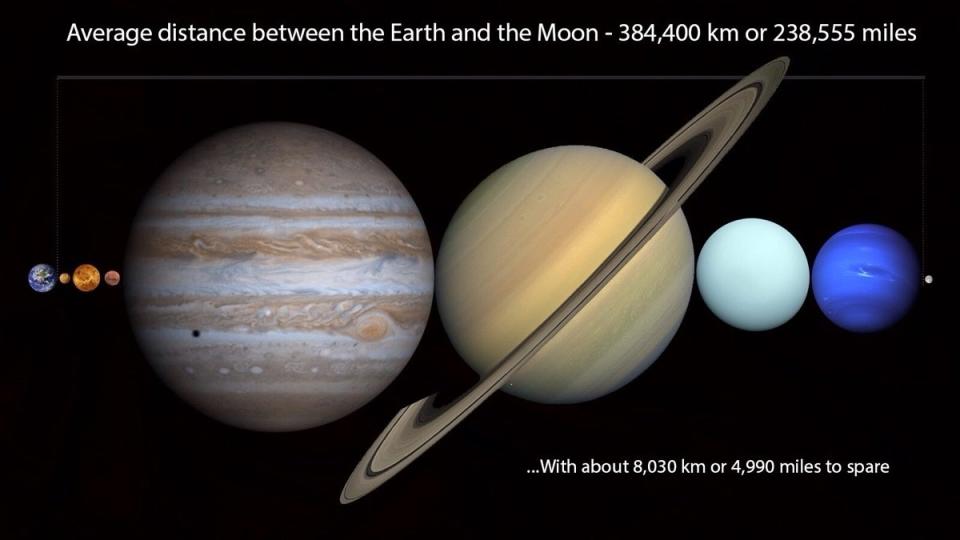
Now let's discuss the sun. It is big and we are small. That's a solar flare on the sun and what Earth would look like next to it.
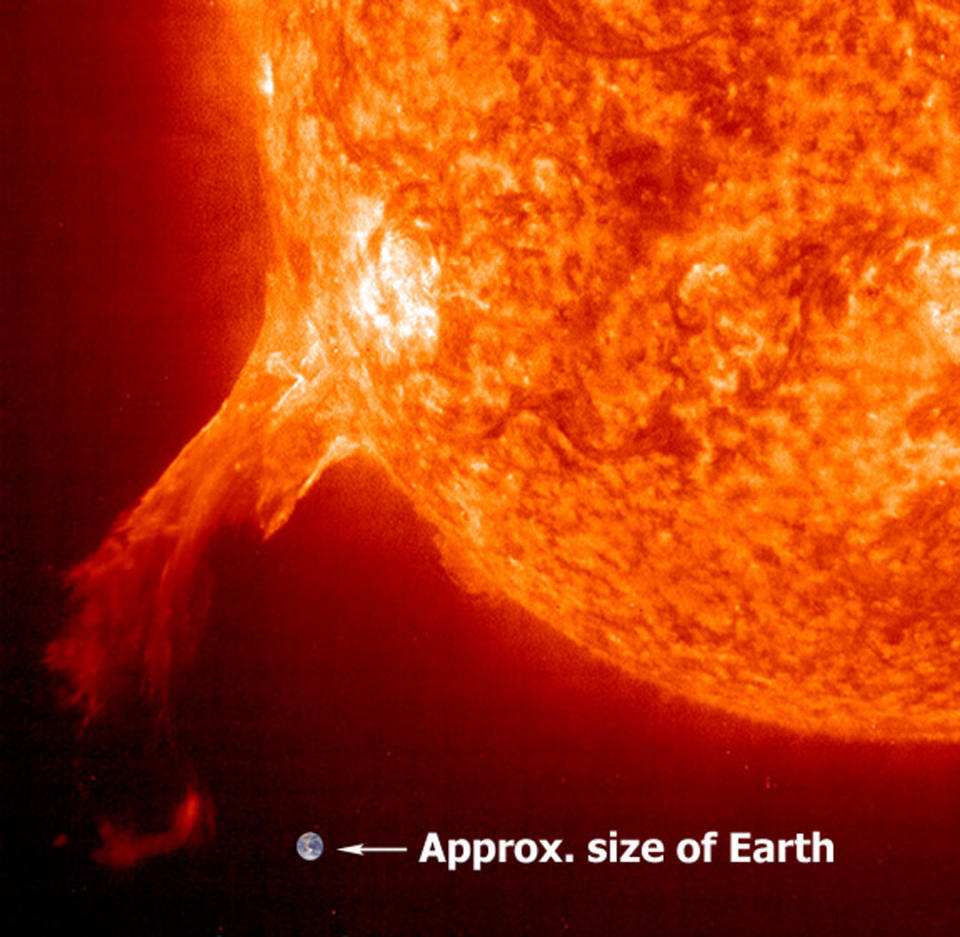
And another image to give you a better picture.
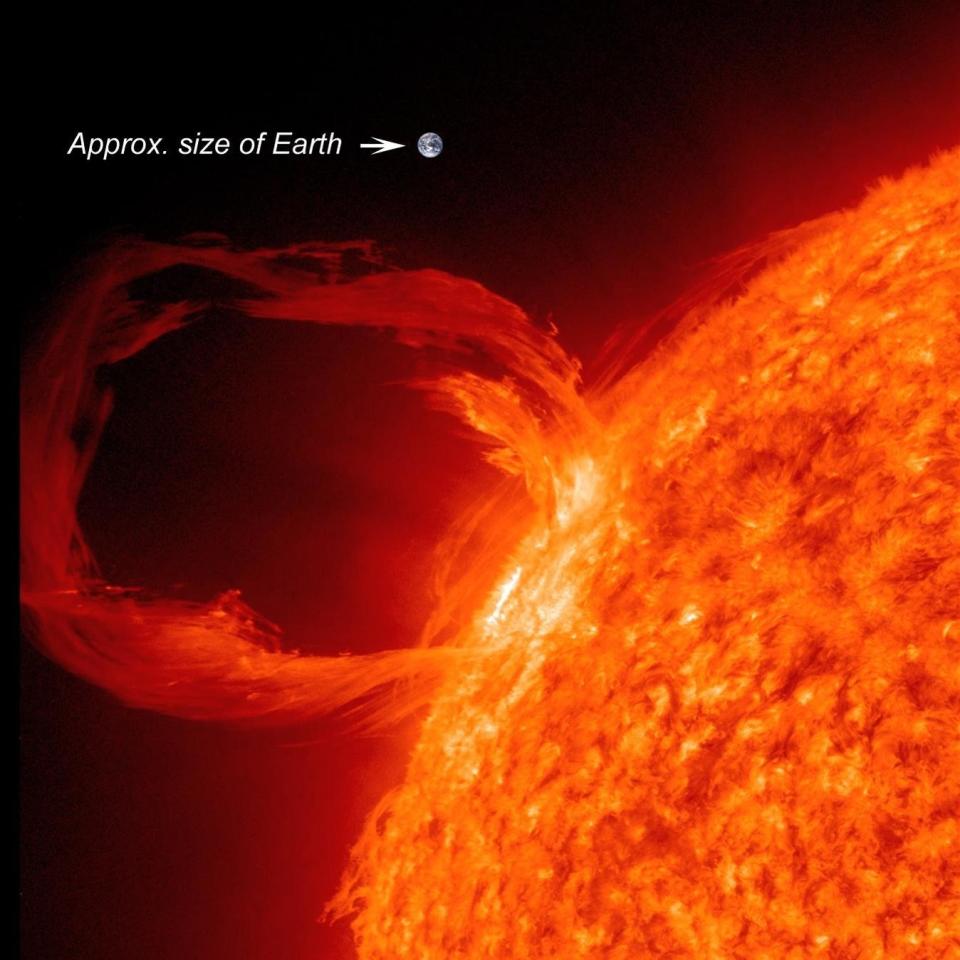
Our planet is but a speck of dust compared to the sun.
I took a photo of every planet in our solar system and adjusted their size to show how huge our Sun is. Zoom in to see how tiny Earth is in comparison. [OC] from space
See those tiny things to the left of the bigger planet on the bottom right? One of those is Earth.
Mercury is also small. It's that little black dot right there. Basically, the sun is BIG!
But our sun compared to other suns is teensy weensy. It's almost embarassing!
Our Sun ... compared to others stars.
Okay, now let's zoom out a bit. This is our galaxy, the Milky Way, with our sun located right there.

We are not in the center of our galaxy at all. What we are on is an outer spiral, called Orion's arm. So not only does the universe not revolve around us, but our galaxy doesn't either.
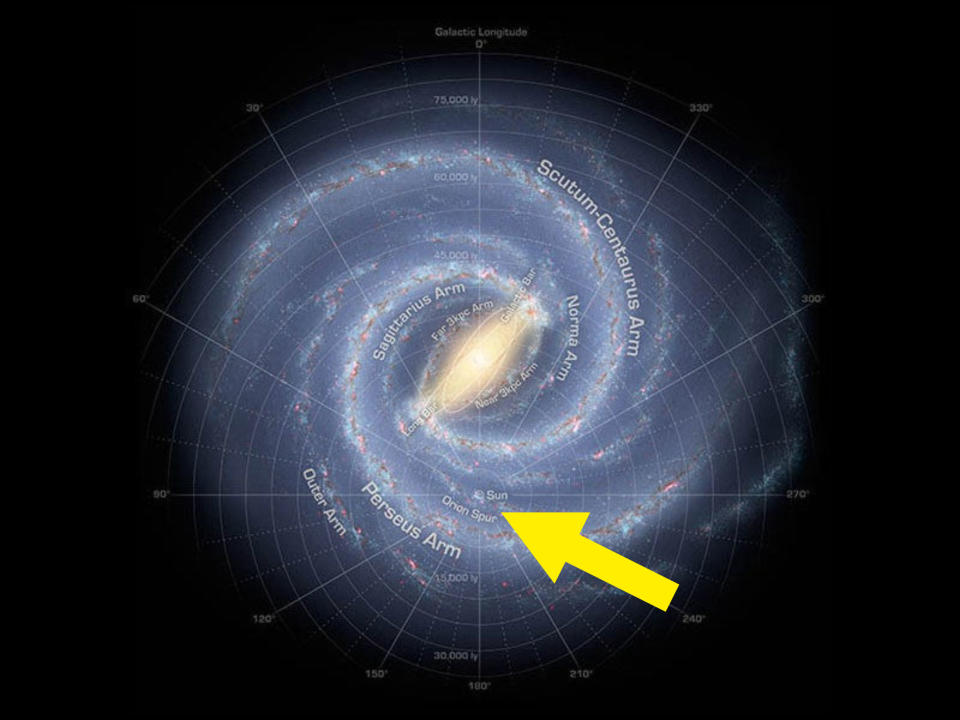
Outside of our solar system, the closest star is 5 million years away by plane.
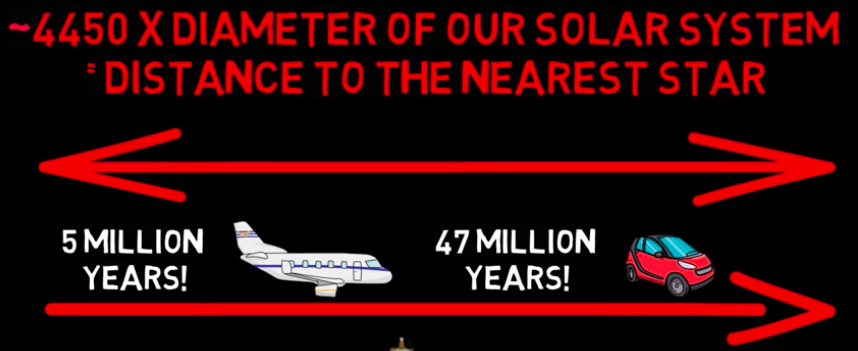
That star system comprises Alpha Centauri, Proxima Centauri, and Alpha Centauri B.
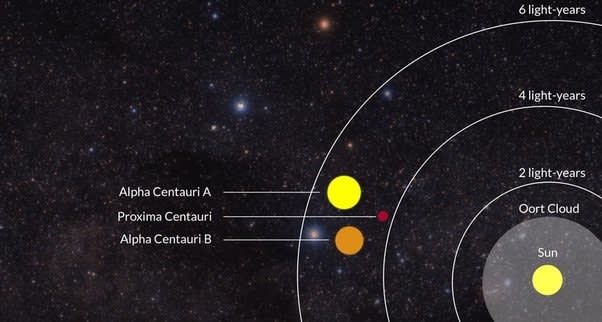
In the Milky Way galaxy ALONE, there are hundreds of thousands of stars. (And don't forget that there are practically an infinite number of galaxies, meaning there are a GABAJILLION STARS.)
If you were to travel across the entire galaxy, it would take 1,700,000,000 years — or 100,000 light years. And it consists of hundreds of thousands of stars. Again, the closest one being 5 million years away.
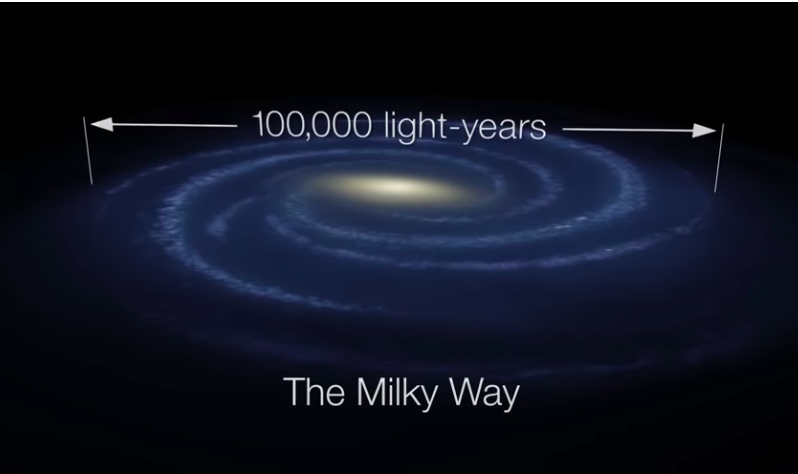
Beyond our galaxy, our closest neighboring galaxy is Andromeda. They are 2.5 million light years away. The amount of miles that is doesn't even fit on a calculator.
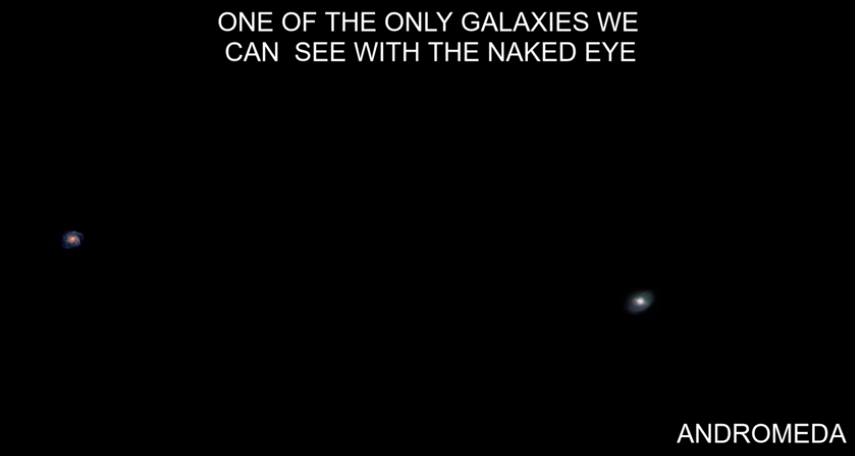
Our galaxy and Andromeda are part of a group of galaxies, literally called "The Local Group."

But then there's the not-so-local groups. AKA SUPERCLUSTERS. We're in the Virgo one. And here's our supercluster in relation to a bunch of other ones. So far, we have galaxies upon galaxies.
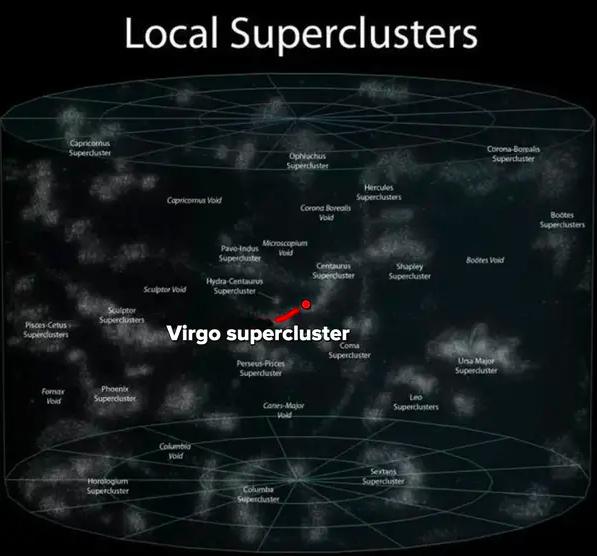
BUT WAIT — THERE'S MORE.
After the Virgo supercluster comes the Laniakea supercluster, which is home to many smaller superclusters like ours.
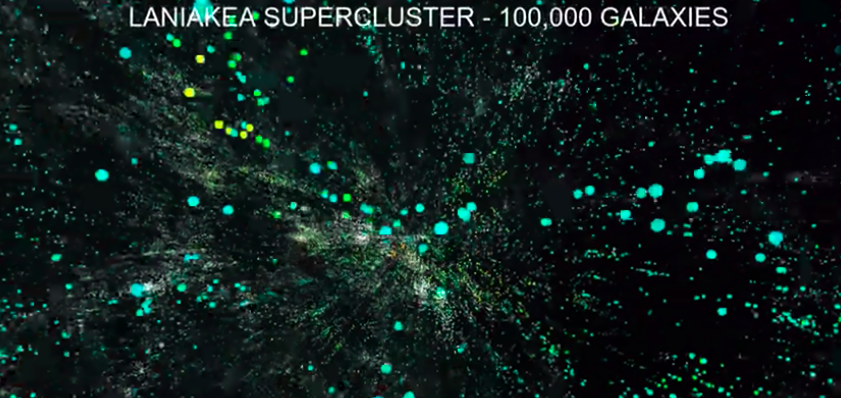
But then....after the superclusters of superclusters comes GROUPS OF SUPERCLUSTERS, MEANING THERE ARE LITERALLY SUPERCLUSTERS OF SUPERCLUSTERS OF CLUSTERS. MY HEAD HURTS.
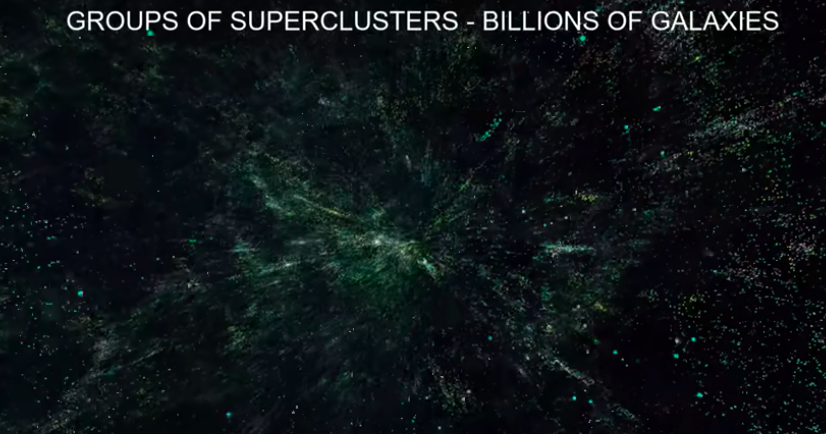
But beyond just realizing that space is expanding daily and truthfully larger than any of us can comprehend, it's also full of crazy shit.
Like, this is an image of a dying star. It looks fake.
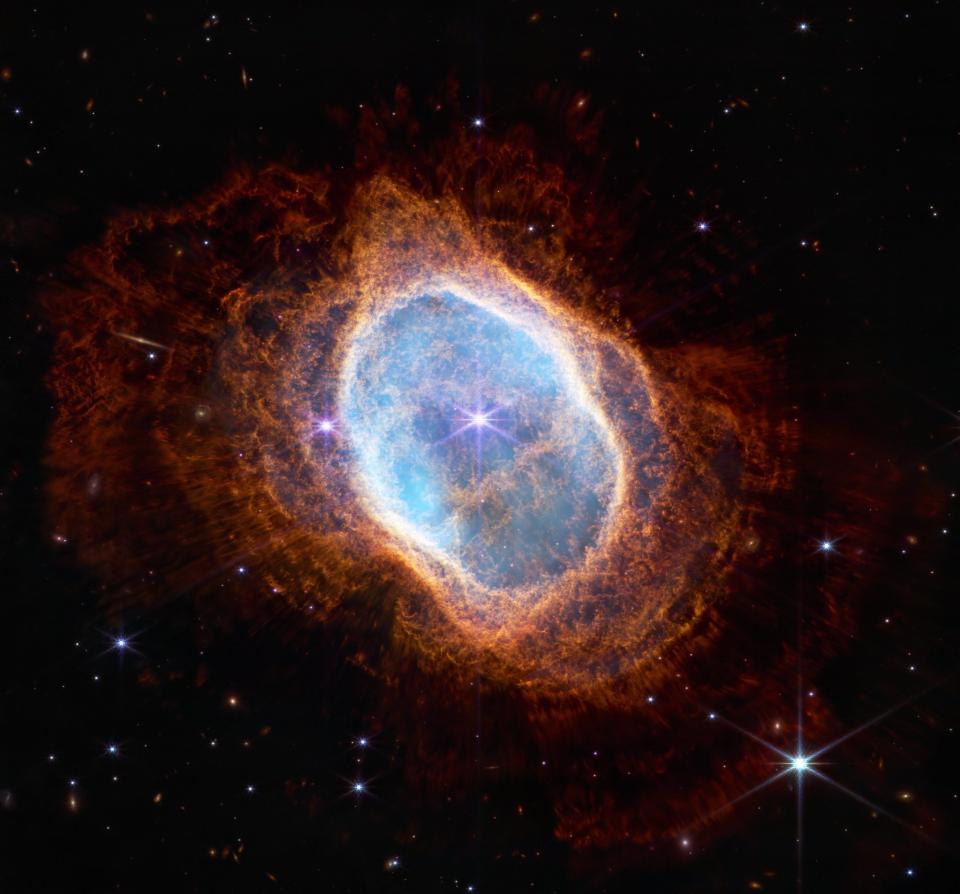
And this is something called the Carina Nebula. TBH, no idea what it is, but it looks cool and I think it's where parts of Avatar were filmed.
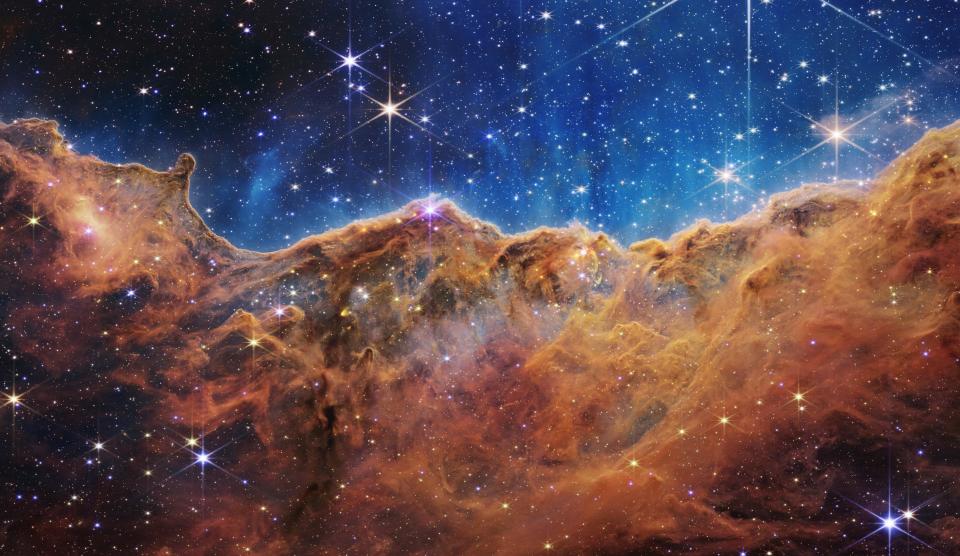
Also, it's full of black holes that can swallow us in one bite!
In black holes, you can get "spaghettified." Sounds fun, but I don't think it is.
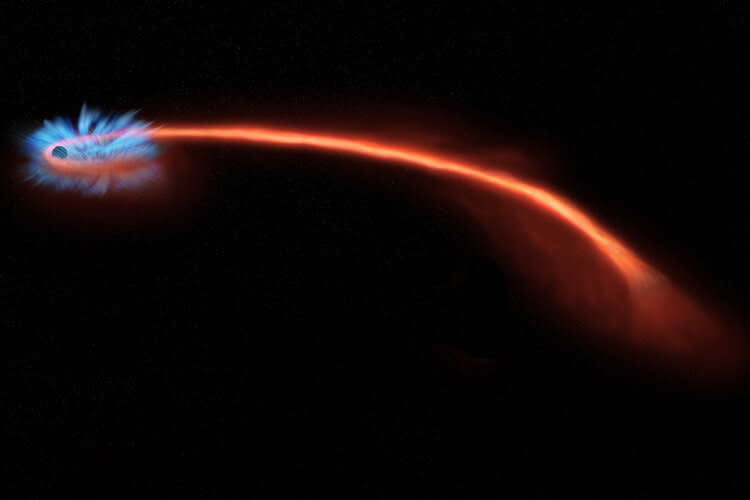
But don't worry, if a black hole doesn't swallow us, at some point in time, our galaxy will collide with our neighbor galaxy. You'll be long dead before that happens, though. :)


